Somehow, they survived without succumbing to cabin fever — or should that be ‘dome fever’?
Six stoic individuals — including one architect — have finally emerged from a small dome upon the volcanic surface of Hawaii, having spent 12 months inside the geodesic structure in order to simulate conditions that astronauts would face on a human mission to Mars.
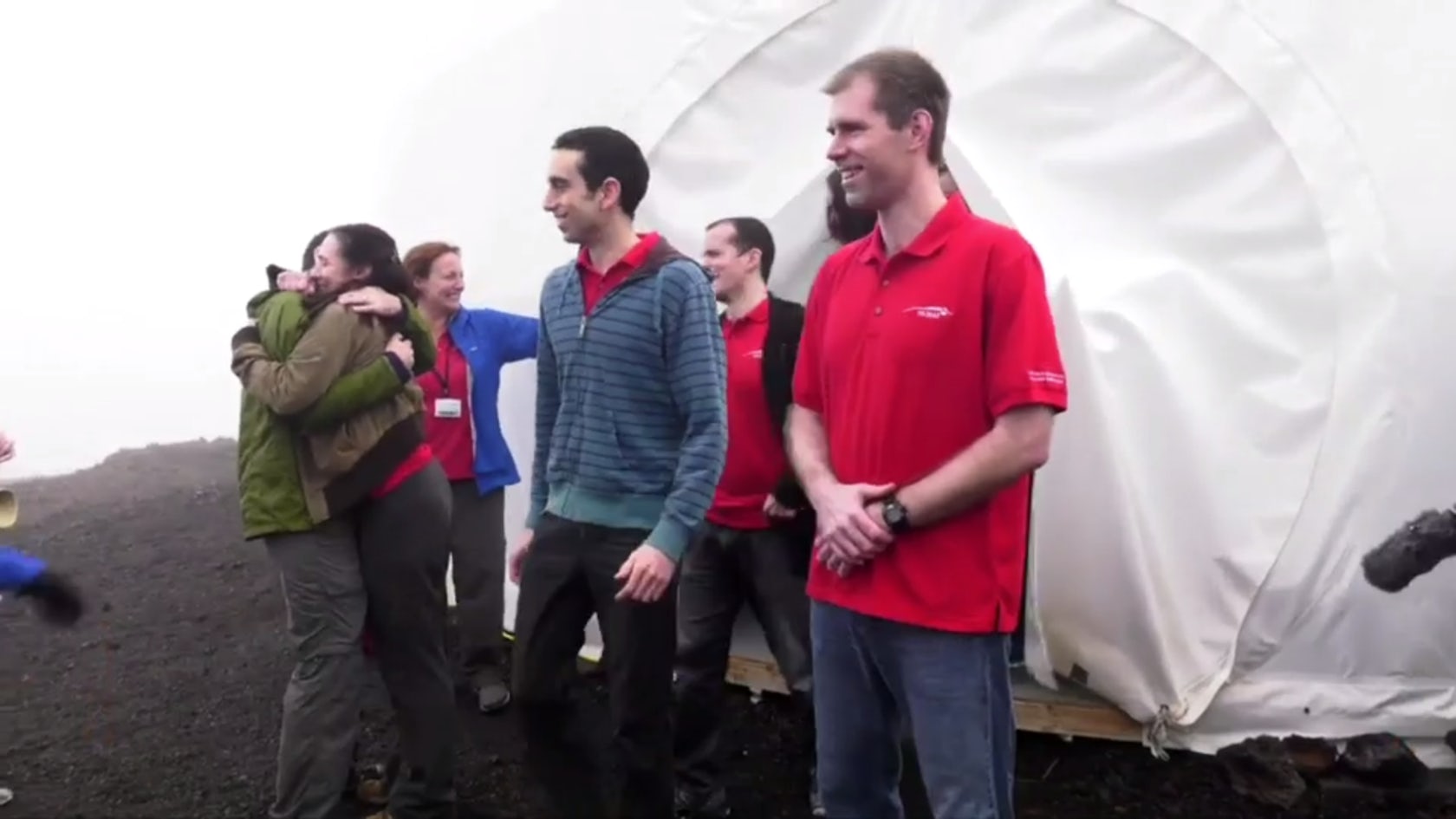
One year ago today, the crew members entered the space, and have been conducting research on the human challenges of space travel in an environment with seriously limited resources. An image of the interior of the dome reveals the simple architecture and basic furnishings that the six have lived with over the past 12 months: a single cot and desk was provided for each individual, with everything else being shared.
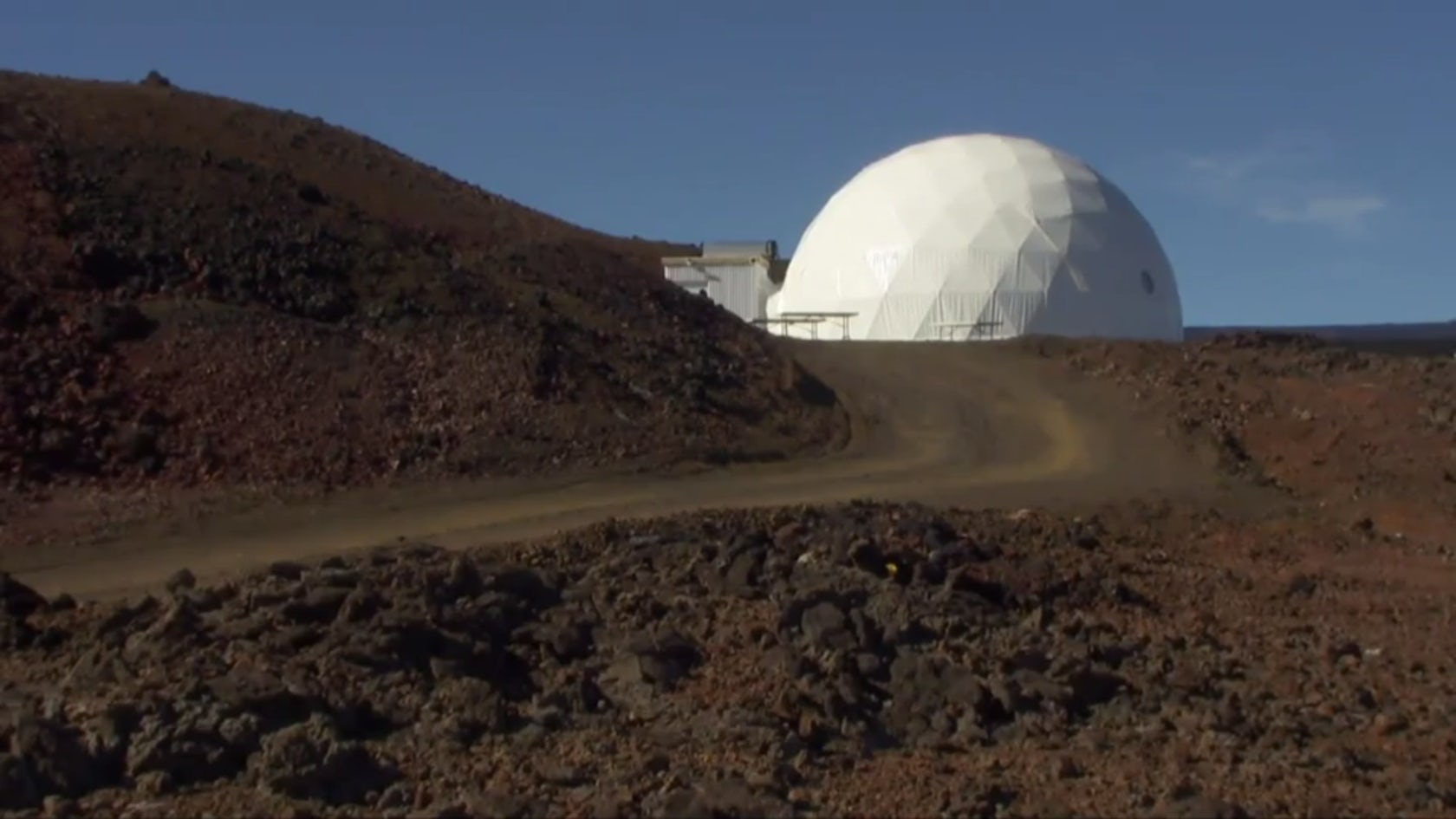

The researchers had access to a running machine to keep physically fit, and they could stretch their legs by leaving the chamber on rare occasions — but only dressed in full, hermetically sealed astronaut’s gear. Their mental health was maintained with activities such as reading, while the resident architect kept themselves going by sketching (naturally). Looking at the drawing glimpsed within the BBC’s footage, it appears the solitude was used as an opportunity to dream up a utopian vision of architecture on Mars itself.

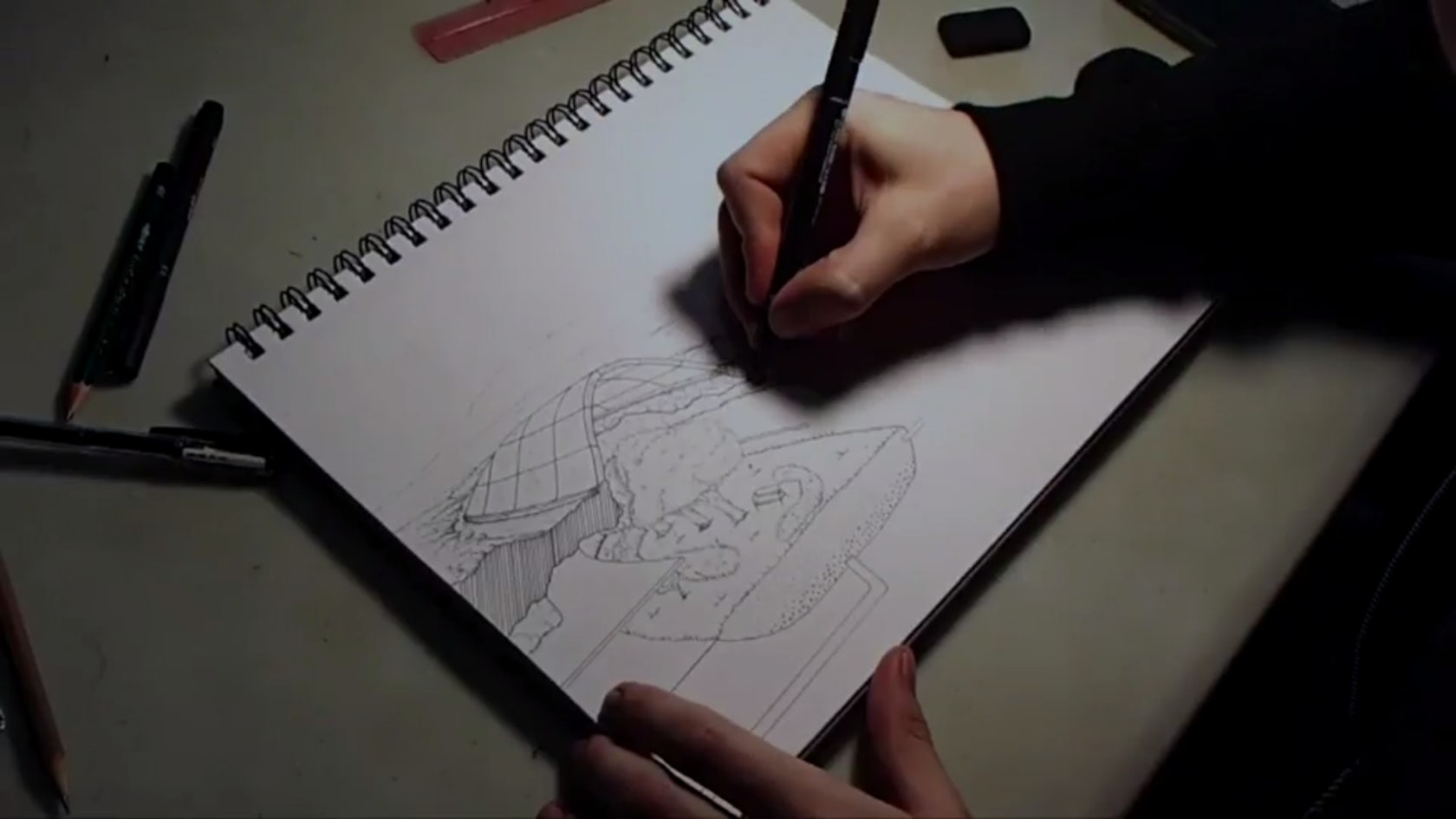
Mission commander Carmel Johnston said the lack of privacy over the past year had been one of the main challenges of coexisting within the dome. “It is kind of like having roommates that just are always there, and you can never escape them, so I’m sure some people can imagine what that is like, and if you can’t, then just imagine never being able to get away from anybody,” she said.
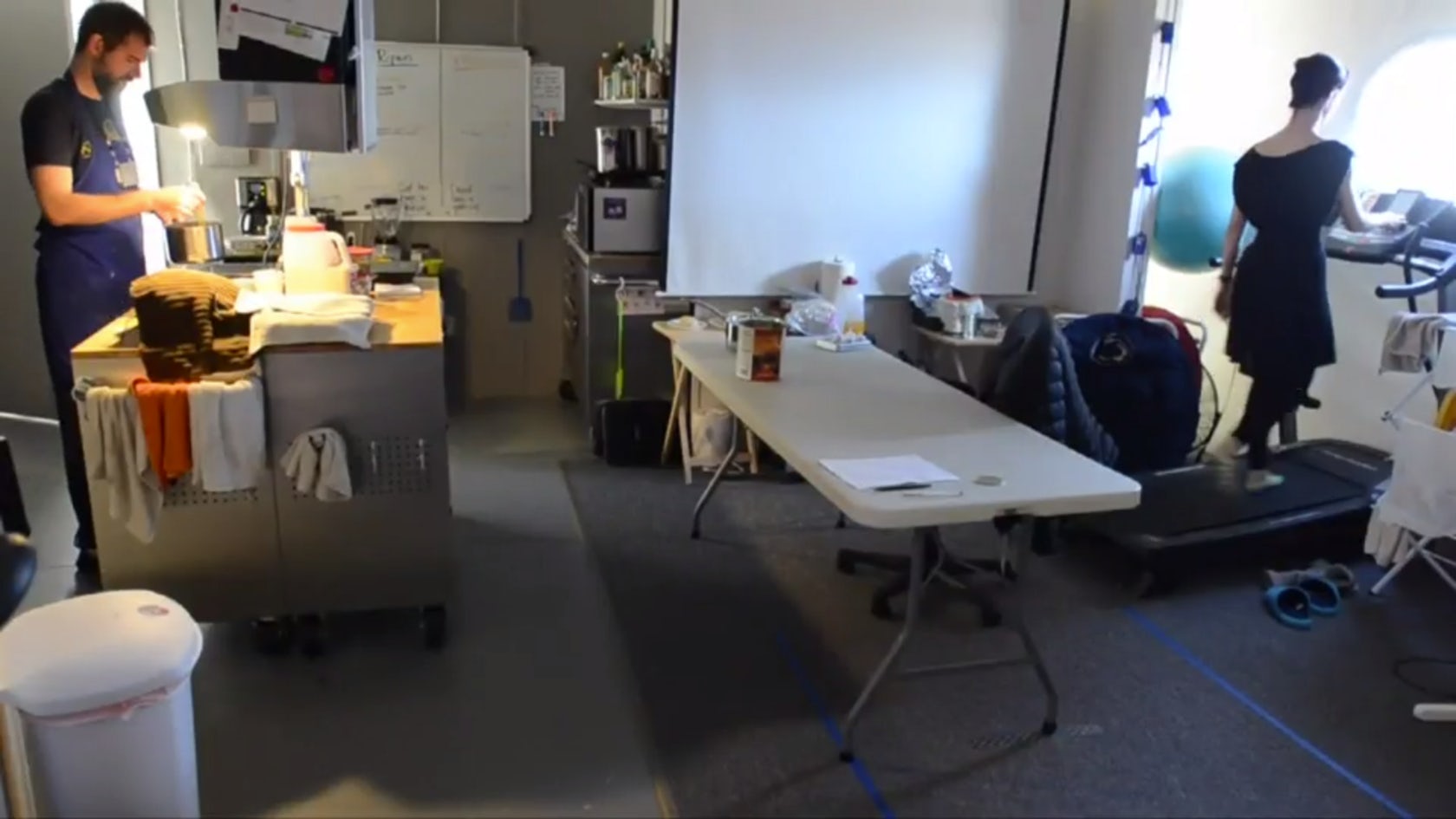
Meanwhile, Tristan Bassingthwaighte — a doctor of architecture at the University of Hawaii — emphasized the importance of testing spatial conditions and controlled environments to learn about human aspects of such a mission. “The research going on up here is just super vital when it comes to picking crews, figuring out how people are going to actually work on different kinds of missions and sort of the human factors element of space travel and colonization,” he said.
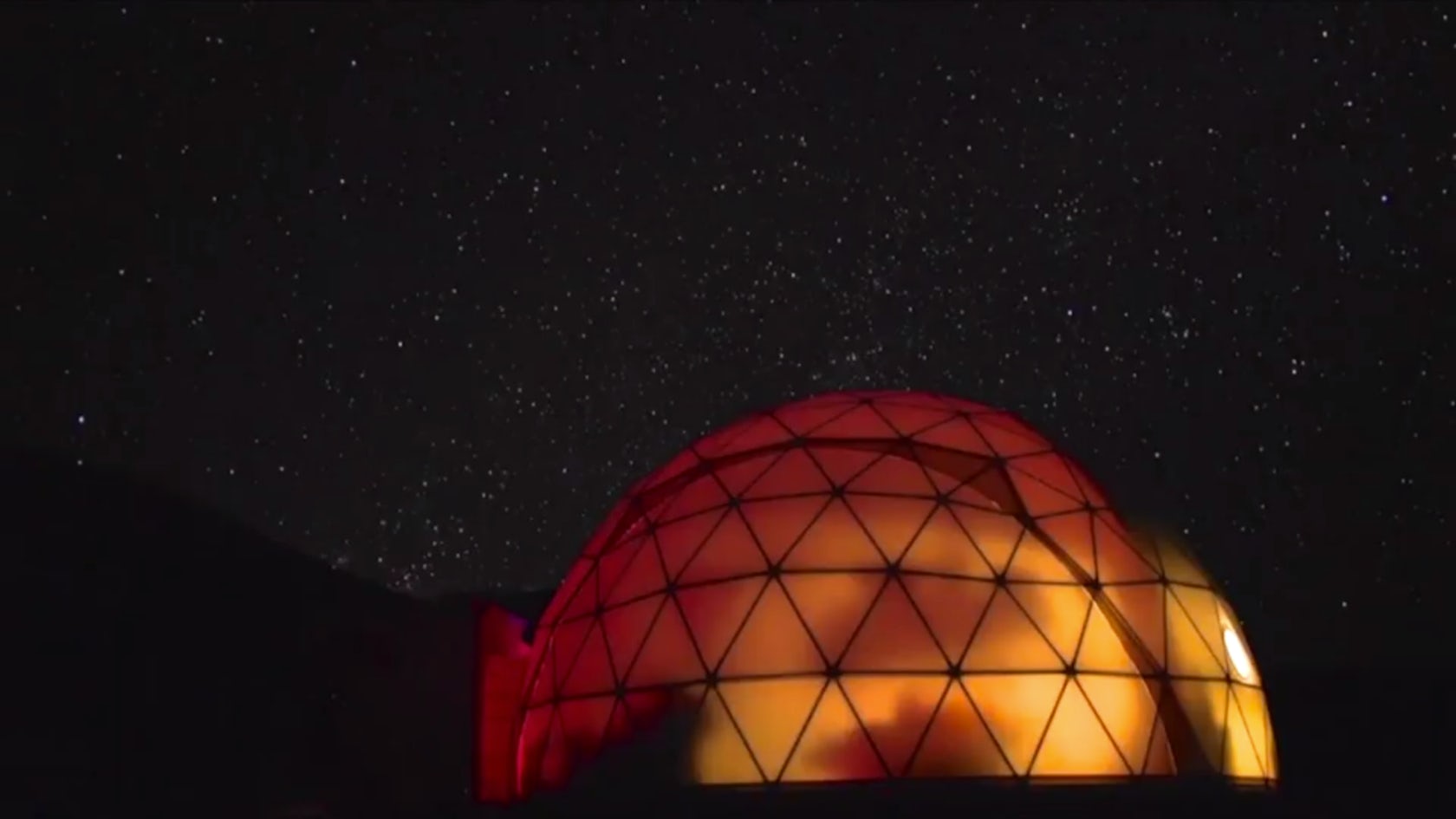
Could we live within structures like this for even longer than a year? What should the architecture of Mars look like if we do eventually build there? This year-long experiment marks an early step on the journey toward answering those questions.
Images via BBC; hero image via The Japan Times









